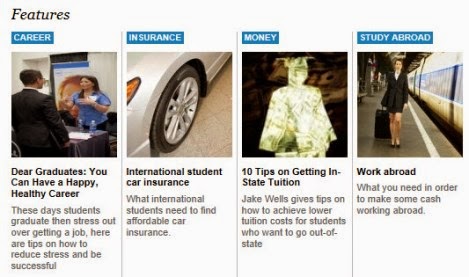10 Major Changes to College Admissions in 30 Years
The Evolution of College Admissions
Choosing the right school and applying to college may seem like a complicated process, but it's easier today than it was before U.S. News & World Report released the first Best Colleges rankings in 1983. Today, students can use the college rankings and Google to research schools, tweet questions and comments directly at universities, submit applications and apply for financial aid online.Read about some of the major trends that have changed the college admissions process over the last three decades.
The Common Application
When The Common Application started in the 1970s, there were only 15 member colleges. Now, with more than 500 universities using the application, it is a prominent part of the college admissions process.The Common App streamlines the application process by allowing students to apply to multiple schools using one form. It also makes it easier for institutions to connect with students who they likely wouldn't reach otherwise, says Aba Blankson, director of communications for the nonprofit.
The World Wide Web
The Internet, which became widely available in the '90s, changed the way students researched colleges and the way colleges advertised to students, says Jonathan Henry, vice president of enrollment management at Husson University in Maine.College admissions officers used to have more contact with students before they submitted applications, but the Internet has made it easy for students to research on their own. As a result, the first contact that schools have with many students is when they submit applications.
Enrollment Management
Colleges have created entire departments to find new ways to advertise and recruit students since fewer students are signing up for mailing lists, Henry says.To promote school principles and initiatives, admissions departments are finding ways to capitalize on the platforms that families are using to research colleges. That can include providing accurate data to the government and rankings products like U.S. News' Best Colleges and talking with the media to create a positive public perception.
read the rest of the article covering:
- Social Media
- Video Platforms
- Online Degrees
- The Role of Parents
- Standardized Tests
- Financial Aid
- Nontraditional Students
Read more about how the U.S. News Best Colleges rankings and higher education have evolved over the last 30 years.
Trying to choose a major? See how some of the 10 hottest college majors have changed since the 1980s.

















